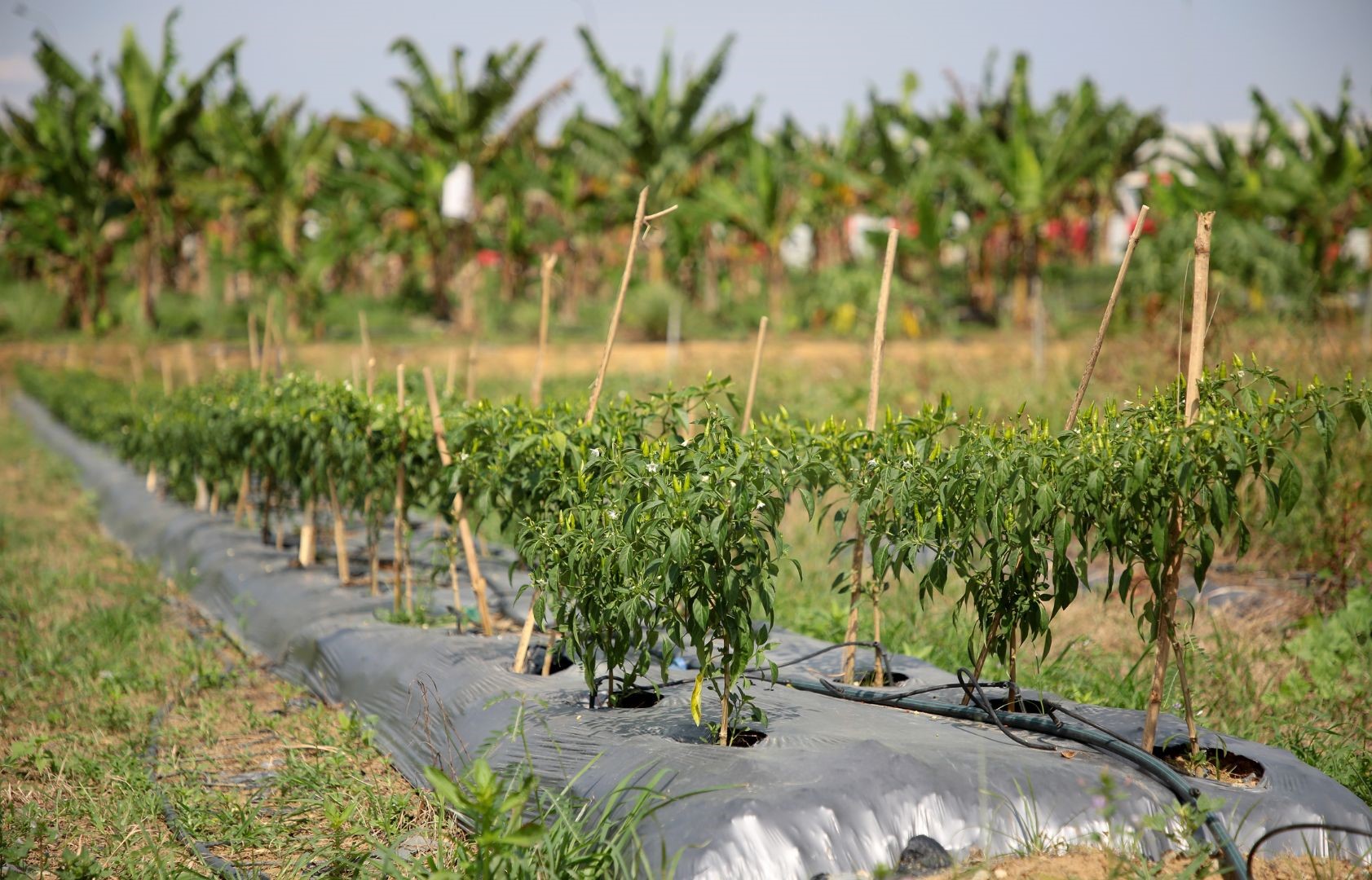Redefining Food Production: Exploring Alternative Agriculture for Sustainable Farming
Alternative Agriculture: Is it time we redefined how we produce our food?
The second quarter of 2024 has seen vast sections of the planet experience “once in a generation” weather conditions. From flooding in East Africa, Brazil, and even Dubai in the United Arab Emirates to heat waves exceeding 50℃ in parts of India. The biggest casualty of these events was agricultural production, particularly in East Africa, where agriculture is almost entirely weather-dependent. Erratic rainfall patterns, reduced availability of arable land, soil pollution, and rising environmental degradation are bound to continue hampering farming and agriculture.
Is it time we redefine how we produce our food?
Alternative agriculture is defined as production systems that enhance output through sustainable practices while optimizing all agroecosystems. Yes, that’s a lot of jargon, I know. The idea is to use the knowledge and resources available to us to achieve the best possible agricultural output without permanently destroying the land on which production depends. The practice can be as simple as crop rotation and cover cropping, as involved as using organic fertilizers and biological pest control, or as extensive as agrotourism initiatives and farm-consumer schemes.
Types of alternative agriculture systems:
Organic Farming
Organic farming, perhaps the best-known alternative agriculture system, eliminates using fertilizers, pesticides, and genetically modified organisms (GMOs). Instead, it relies on natural processes and materials to maintain soil fertility and control pests. Techniques such as crop rotation, green manure, composting, and biological pest control are integral to organic farming. On a large scale, organic farming can enhance soil health, increase biodiversity, and reduce pollution. It also improves food quality by avoiding chemical residues. However, the yield can be lower than conventional farming, which may require more land to produce the same amount of food.
Permaculture
Permaculture integrates land, resources, people, and the environment through mutually beneficial synergies. It uses design principles observed in natural ecosystems to create sustainable agricultural systems. Fundamental principles include:
- energy efficiency
- closed nutrient cycles
- diversity
Permaculture gardens often feature a mix of perennial and annual plants, animals, and fungi working together in a self-sustaining system. On a large scale, permaculture can significantly enhance food security, soil health, and water conservation. Its diverse and resilient systems can adapt to changing climatic conditions, though the initial design and setup can be labor-intensive and require extensive knowledge.
Agroforestry combines trees and shrubs with crops and/or livestock to create a more biodiverse and sustainable land-use system. This practice enhances biodiversity, improves soil structure, and increases carbon sequestration. Agroforestry can boost food production by providing additional products, such as fruits, nuts, and timber while supporting staple crops. Large-scale agroforestry can mitigate climate change impacts and restore degraded lands. However, it requires long-term planning and management, and the benefits may take years to be fully visible/countable.
Biodynamic Farming
Biodynamic farming is a holistic approach that views the farm as a self-sustaining ecosystem. It incorporates organic practices and emphasizes the use of biodynamic preparations made from fermented manure, minerals, and herbs. These preparations are believed to enhance soil and plant health. Biodynamic farming also considers astrological influences and lunar cycles in farming practices. On a large scale, biodynamic farming can improve soil fertility and biodiversity and enhance the nutritional quality of food. However, its reliance on specific practices and philosophies may limit widespread adoption.
Regenerative Agriculture
Regenerative agriculture focuses on restoring and enhancing the health of farm ecosystems. It involves practices such as:
- no-till farming,
- cover cropping
- crop rotation
- holistic grazing management
These practices aim to regenerate topsoil, increase biodiversity, improve the water cycle, and enhance ecosystem services. Large-scale implementation of regenerative agriculture can lead to increased food production, resilience to climate change, and a significant reduction in greenhouse gas emissions. Its success depends on farmer education, policy support, and market incentives.
In conclusion, implementing alternative agriculture systems on a large scale has the potential to transform our agriculture and, by extension, food production. They can lead to more resilient agricultural landscapes, improved soil health, and increased biodiversity, which are crucial for long-term food security. These systems can also reduce dependence on chemical inputs, lower greenhouse gas emissions, and enhance carbon sequestration, contributing to climate change mitigation. However, challenges such as lower initial yields, higher labor requirements, and the need for extensive knowledge and training must be addressed. With appropriate support, these alternative systems can be vital in creating a sustainable and secure global food system.
Sources:
1. https://www.sciencedirect.com/science/article/pii/B9780128243428000109
2. https://www.sciencedirect.com/science/article/pii/B9780128207307000082
3. https://www.sciencedirect.com/science/article/pii/B9780081030172000040
5. https://www.tractortransport.com/blog/what-are-alternative-farming-systems/
Further reading
Agroforestry – combining trees and agriculture to improve Soil – Water Conservation
Regenerative Agriculture: What is it? Who is it for? Common practices, principles and resources
The Significance of Sustainable Farming Practices
What are the Principle, Goals and Benefits of Sustainable Agriculture?
Urban Agriculture – Applications and Benefits
What is Organic Farming? – Organic Farming Definition and Examples











































































